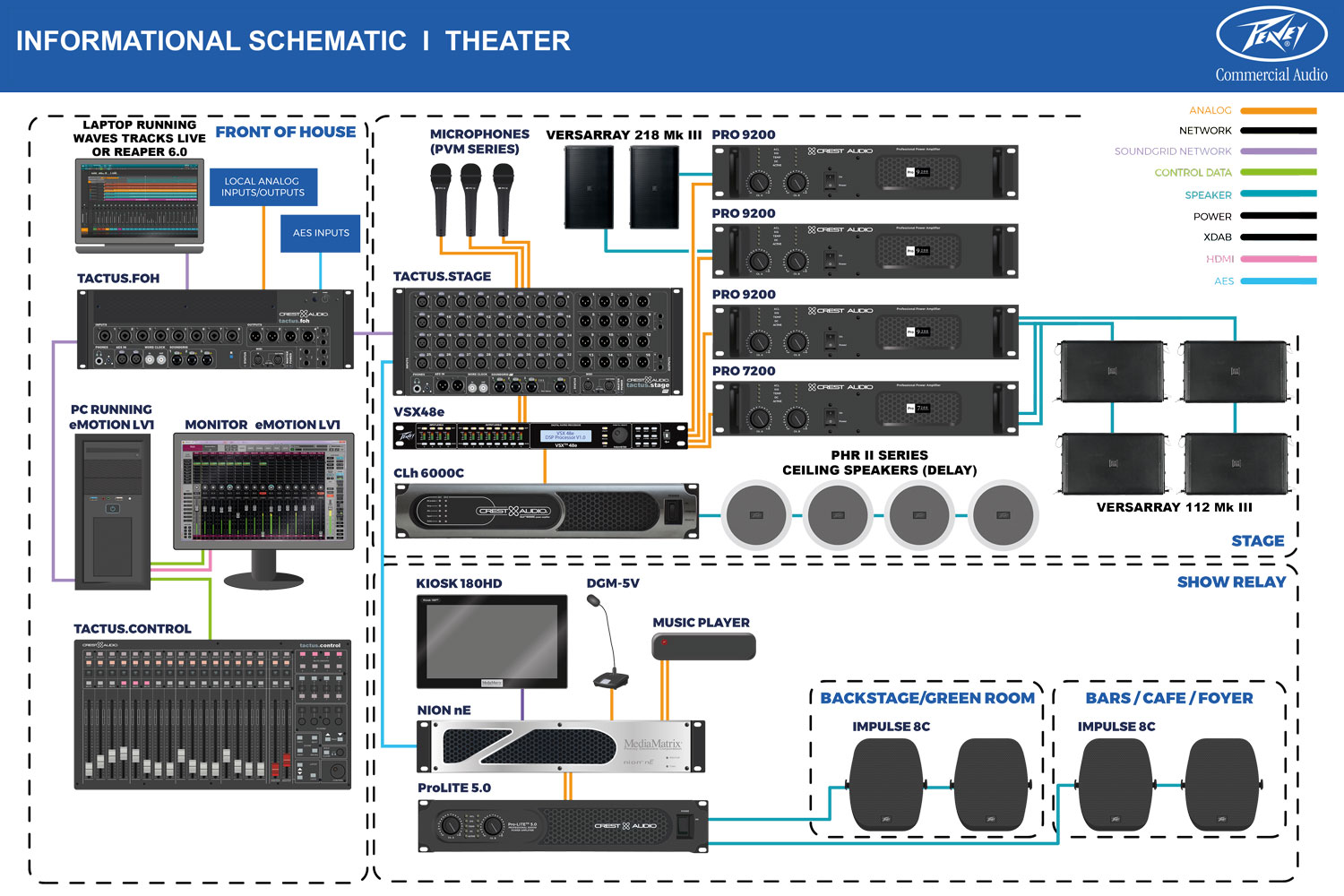Enabling Effortless Distant Camera Control for Your Mobile Software
Wiki Article
Unlocking smooth remote photographic access in mobile apps has become become important within the current online landscape. With mobile tech continues advancing, the demand of applications which enable users for manage camera features remotely has increased. This functionality enables a range of functionalities, including taking images and filming footage and participating on video calls, entirely from a distance. Through ensuring that distant photographic access remains both efficient and also user-friendly, programmers are able to create more engaging & versatile apps that meet user needs.

To obtain smooth distant camera control, programmers need to take into account the technological elements of cellular operating platforms. The Android and iOS platforms provide specific application programming interfaces which allow apps for interact with the device's camera features. These application programming interfaces give a structure for utilizing camera features & settings, such as resolution and focusing. Developers must acquaint themselves with these tools to efficiently apply distant control functions. Understanding the distinctions among platforms is crucial, as it ensures that the application delivers consistent performance throughout different gadgets.
Security is another critical factor when enabling remote photographic control. Users should feel confident their personal information is protected as they use the app. Implementing robust verification methods, like two-step verification or biometric authentication, may assist protect consumer information. Additionally, developers must make sure the fact camera control requests are transparent & the fact users have authority on which apps are allowed to utilize their photographic control. By prioritizing safety, programmers can foster confidence & encourage additional individuals to adopt their applications.
UX interface design plays a significant part when how effectively remote photographic access is used within cellular applications. A thoughtfully designed interface should be user-friendly & simple, allowing individuals to move through photographic functions with ease. Adding clear guidelines & visual feedback can enhance the total user experience. Additionally, adaptive design ensures that the application operates well across different display sizes, making it available to a wider user base. Through emphasizing on user experience, developers can build apps that remain not only functional wireless security camera setup and also enjoyable to the user.
To conclude, unlocking seamless remote photographic Get the facts control for mobile apps involves a mix of technological skills, security measures, and user-focused interface design. Through utilizing the appropriate APIs, emphasizing consumer privacy, and creating a friendly interface, programmers are able to build applications that improve distant photographic functions. As technology continues advancing, the significance of effective remote camera control is likely to continue to grow, offering new possibilities in advancement within the mobile app development industry. Embracing these advancements will eventually result to more capable individuals and a more connected world.